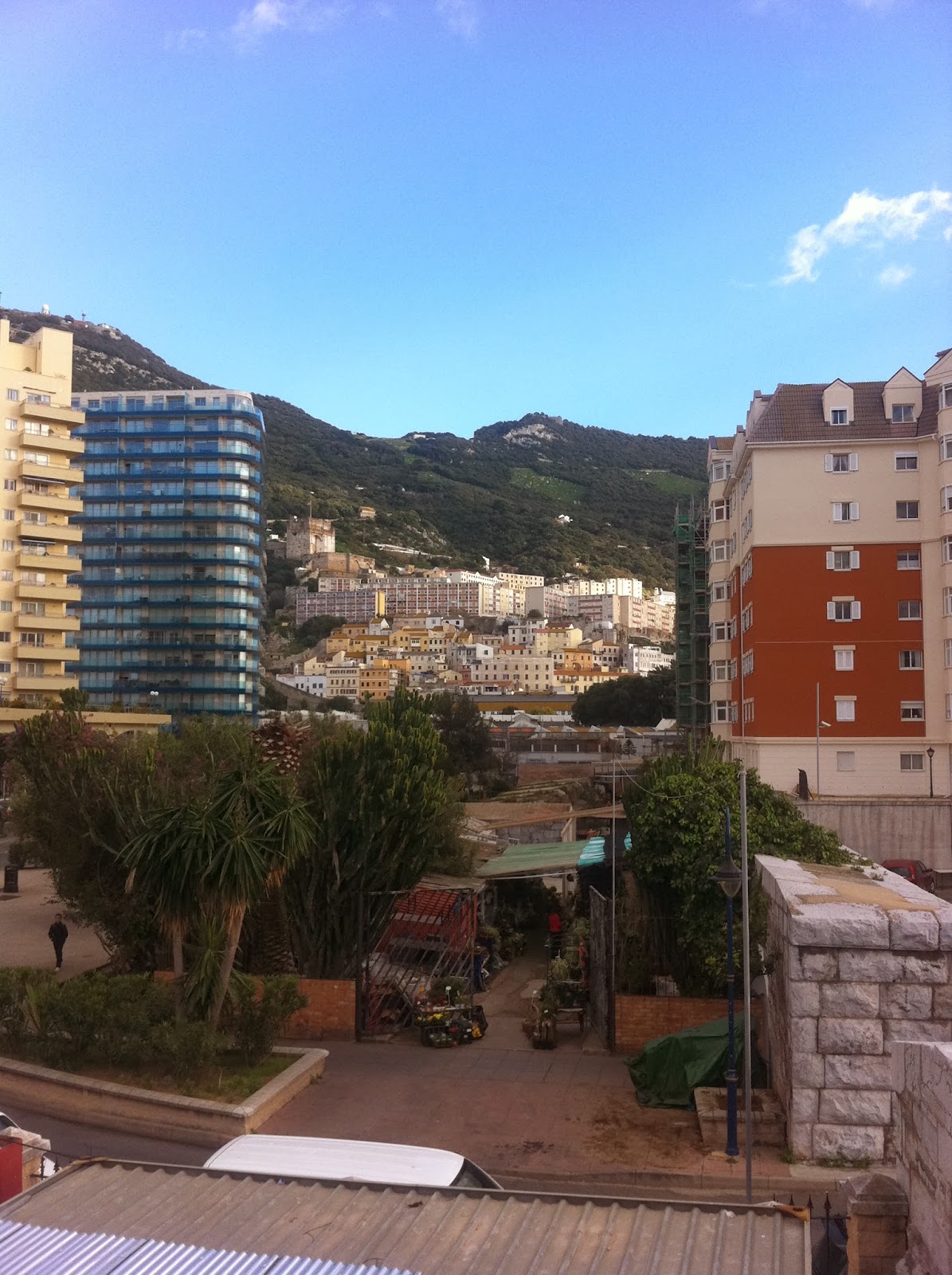|
|
|
|
|
|
|
First issued: 17th April 2013
Welcome
Thank you
all for your positive feedback on our first newsletter. As promised we will
keep them coming!
|
||||
|
Sister’s
Quarters
The site
of the old St Bernard's Hospital is due for renovation in an upcoming
Government project. The proposal is to site the first and middle schools of
the upper town area there - that is St Bernard's Infant School and
The
Sisters Quarters was built in 1902 and is part of the
It is in
cases such as this that the Trust is concerned that the principle of GoG
projects at present only needing to be presented to the DPC for guidance does
not guarantee the scrutiny and democratic accountability that private
projects receive. Unlike with private developers where the Trust is
increasingly consulted at an early stage in a project, the level of early
consultation on GoG projects seems to be sporadic and at different stages of
development. In the case of this demolition we first received notice of it on
7th March with the circulation of the agenda for the DPC of the 14th March.
We immediately asked for more information and requested the item be deferred
with a view to finding an alternative to meet criteria whilst also saving the
building. We are currently awaiting the rescheduling of a cancelled site
visit to find out more about the project itself, but are concerned that the
days are ticking by with no clear picture on the future of this
building.
The
Trust's responsibility is to protect
|
||||
|
|
||||
|
Devil’s Tongue in 1880
Creepers growing over the
embrasures
Looking down from the Old
Mole Head
|
The
Old Mole
This article was written
for the Trust by member Michael J. Smith, appeared in the
Snuggly nestled between
the reclaimed
It was nicknamed The
Devil’s Tongue by sailors who saw it in action and the wild rush of
adrenaline, excitement and fear that built as it sang its firey song of
death, can now only be imagined. But it must have been quite an intimidating
sight to behold - with fire and smoke billowing forth as shots cannoned out
into advancing enemy ships - The sound of canons and splintering wood, the
smell of the sea, of gunpowder, fear and death.
Men used to race here
to defend their homes or offload cargo brought from distant shores. Today the
only reason to visit the structure is to choose a plant from the garden
centre that the now landlocked structure homes. It is ironic that the only
damage wrought at The Devil’s Tongue these days is by the plants on the
outside as they grow through the ancient structure.
In the past The Old
Mole would have commanded respect. Now, stripped of its guns, its
significance and its oldest of foes - the sea, it is easy to look upon the
structure with pity - an old and redundant war veteran past its prime. Why
should we care that its walls, hitherto only breached by canons are being
pulled apart from the inside out? That what would have taken a fleet of enemy
ships or an Act of God now only takes time, vines and the apathy of man.
The Trust welcomes the
Government’s recent relocation of the Refuse Collectors from the Old Mole
Head at the western extreme of the Tongue to a new facility and the decision
to restore this section of it as a heritage and tourist attraction.
For more than ten
generations this fortification has looked after the people of Gibraltar - it
is now time for the people of
|
|||
|
Following
a call from the Department of the Environment a couple of weeks ago, the
Cemetery was closed due to the collapse of a chunk of masonry on the houses
built on the wall. A balcony had been built there some years ago and a
section of it collapsed. The area has now been made safe by the Ministry for
Housing and the Cemetery is open once again. The maintenance of our historic
walls is an issue the Trust has been bringing to the attention of Government
for many years as there is currently no ongoing maintenance programme and as
a result any works are reactionary as with the section of
|
||||
|
Main
Guard
Works
continue to the Main Guard roof. The project is a delicate and technically
complex one. Just last week we went up into the roof space to take a look at
the work. A large support beam has been assembled spanning the entire length
of the building. This is where the loading for the new roof will be taken. As
the works have progressed it has become apparent just what a poor state the
roof was in. It was no wonder the building was so damp all the time.
|
||||
|
Painting
Competition
The 23rd
Annual Painting Competition will be taking place on Saturday 11th
May. We will be announcing the location shortly but in the meantime make a
note of the date in your diaries.
|
||||
|
Upcoming
events
29th
April: an illustrated talk on the history of telephony in
Lecture
Room John Mackintosh Hall at 7:30pm
|
||||
All the latest in Gibraltar Heritage Trust news. For more information on the Trust, who we are and what we do visit www.gibraltarheritagetrust.org.gi Support our work by becoming a member or donating towards general funds. Together we can protect our heritage.
Friday, 10 January 2014
Heritage News 002
Subscribe to:
Post Comments (Atom)





No comments:
Post a Comment